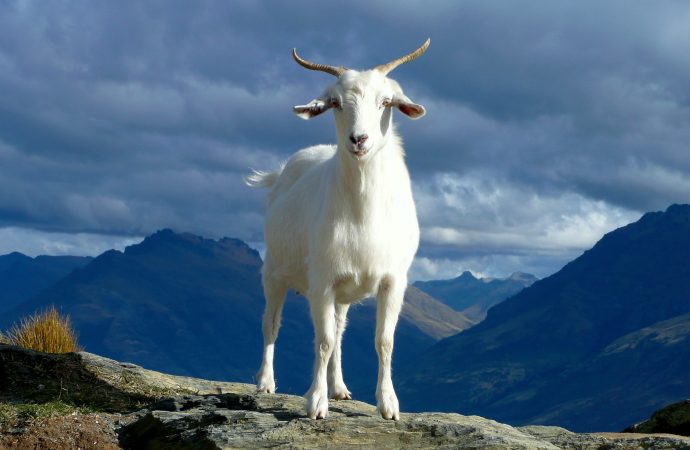For centuries, goats have played a crucial role in agriculture and food production. From their milk and meat to their fur and ability to clear land, goats have been a valuable asset to farmers and communities around the world. In this article, we’ll explore the fascinating history and significance of goats in agriculture and how
For centuries, goats have played a crucial role in agriculture and food production. From their milk and meat to their fur and ability to clear land, goats have been a valuable asset to farmers and communities around the world. In this article, we’ll explore the fascinating history and significance of goats in agriculture and how they continue to play a vital role in the modern food system.
Goats have been domesticated for thousands of years and are one of the oldest domesticated animals in the world. They were first domesticated in the Middle East and were used for their milk and meat. The ancient Egyptians, Greeks, and Romans all kept goats and valued them for their milk, which was used to make cheese and yogurt. In fact, goat’s milk was so highly valued that it was often used as a form of currency.
In the Middle Ages, goats were used for their meat as well. They were a common source of protein for people living in rural areas, and their meat was often salted or smoked for preservation. Goats were also used to clear land and were often taken on long journeys as a source of food and milk.
As agriculture became more industrialized in the 19th and 20th centuries, goats fell out of favor in many parts of the world. Cows became the primary source of milk, and chickens and pigs became more popular sources of meat. However, goats remained an important part of many rural communities and were still used for their milk and meat.
Today, goats are experiencing a resurgence in popularity. They are well-suited to small-scale and sustainable farming, making them an attractive option for farmers looking to produce high-quality milk and meat while minimizing their environmental impact. Additionally, goat milk and meat are gaining popularity as a healthier and more sustainable alternative to cow’s milk and beef.
One of the reasons goats are so well-suited to sustainable farming is their ability to thrive in a range of environments. They can survive on sparse vegetation and limited water, making them an important source of food and income for many people living in rural areas around the world. Additionally, goats are natural grazers and can be used to clear overgrown or weedy areas without the need for chemicals or heavy machinery.
However, goats are not without their challenges. Like any animal, they require proper care and management to stay healthy and productive. Additionally, there are concerns about the welfare of goats in industrialized farming operations, particularly those that produce goat milk for large-scale production.
In conclusion, goats have played a vital role in agriculture and food production for centuries, from their milk and meat to their ability to clear land and thrive in harsh environments. While they fell out of favor in many parts of the world during the industrialization of agriculture, they are experiencing a resurgence in popularity as people look for more sustainable and ethical ways of producing food. As we continue to explore the benefits and challenges of goat farming, it’s clear that these incredible animals will continue to play a crucial role in the modern food system.

















Leave a Comment
Your email address will not be published. Required fields are marked with *